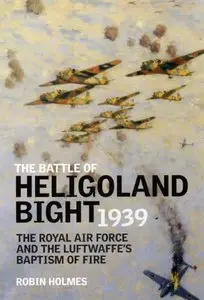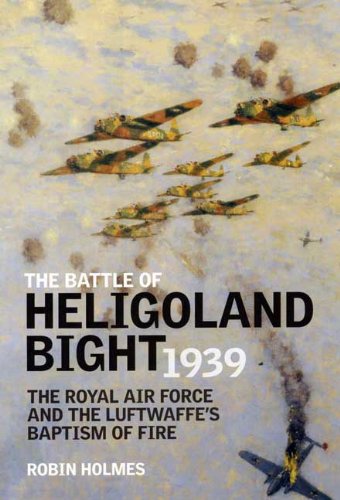Battle Of Heligoland Bight 1939: The Royal Air Force and the Luftwaffe's Baptism of Fire by Robin Holmes
English | Jan 2010 | ISBN: 1906502560 | 190 Pages | MOBI/EPUB/PDF (conv) | 7.5 MB
English | Jan 2010 | ISBN: 1906502560 | 190 Pages | MOBI/EPUB/PDF (conv) | 7.5 MB
The story of the first British bombing raid of the Second World War, of why Bomber Command flew by night and of the Wellington Mk.1A are all closely linked together. It is a story of the stone age of strategic bombing.
On the 4th of September 1939 Squadron Leader Paul Harris led 149 Squadron to Brunsbuttel, Wilhelmshaven in a Mk. 1 Wellington L4302. On the way he ordered that the guns of his airplane be tested, only to make the horrifying discovery that not one of them worked. He was flying to Germany in an aircraft that was completely defenseless. Not wanting to turn back on the first raid of the war he made the decision to press on regardless.
On the 18th of December he flew to Wilhelmshaven once again and took part in the Battle of Heligoland Bight, the first major encounter between the Royal Air Force and the Luftwaffe. This time he flew a Wellington Mk.1A, N2980, or "R" for Robert, and this time his guns worked and were red hot. Out of a total 11,461 Wellington bombers produced, Paul Harris' old Wimpy is now the only one left that fought back against Nazi tyranny and survived to rest now in Brooklands Museum
Author Robin Holmes, in the course of extensive underwater research, located and organized the recovery of the aircraft from its resting place in Loch Ness. 'The Battle of Heligoland Bight' tells the dramatic history of the plane, its crew, the German opposition they encountered and the battles they fought.



